As the old saying goes, a woman's elegant temperament must have something to do with her dress. This sentence is not entirely correct, but to some extent, it also shows the importance of clothing and jewelry for women.
In ancient China, jewelry was not only an ornament, but also a symbol of status. So what jewelry did ancient women wear? Let's have a look.
Ji
Ji (笄, a kind of hairpin), a kind of scorpion used by ancient Chinese women to decorate the rolled hair or insert a hat. Is the originator of Zan (簪,zān), Chai (钗,chāi).
In ancient times, the use of Ji by women was a very important thing. It is necessary to hold the "Hair pinning ceremony", which is the same as the "crown ceremony" of men, they are all adult rituals in ancient China. From the Zhou Dynasty, it was stipulated that women should complete their "Hair pinning ceremony" after engagement and before marriage.
Usually, at the age of 15, the mother combs her daughter's hair, pulls her hair in a bun, and inserts her hair in a Ji, meaning "Adult, start another stage of life".The material of Ji is various. The dignitaries usually use Jin Ji (made of gold) and Yu Ji (made of jade), while the common people mostly use Mu Ji(made of wood).
Zan
The Zan (簪 zān, developed from Ji, ancient hair ornaments) evolved from the Ji. Later, all the hairpin jewelry use for coil hair can be called Zan.
Among the people, jade and silver Zan are commonly used in wealthy families, while bone Zan and wooden Zan are used in poor families. But even if ordinary people marry their daughters, silver Zan is also indispensable, some will be used all their lives.
Zan is also a courtship gift. If a boy gives his favorite girl a beautiful Zan, it may have an unexpected effect.
Chai
Both Chai (钗, chāi)and Zan are hairdressers. The only difference is that Zan is a single one, and the hairpin is more like two Zan merged together.
It is not only an ornament, but also a letter of affection. In ancient times, when lovers were separated, they would give each other gifts, the girl will divide the Chai into two parts, gives half to the boy, and keeps half for herself to express her yearning.
Huasheng
Huasheng (华胜, huā shènɡ) refers to a kind of flower-shaped jewelry of ancient women. It's gorgeous jewelry.
Most of the noblewomen in the palace wear exquisite workmanship and complex styles. The folk ones are simpler. Whatever the craftsmanship, Huasheng is an ornament that highlights women's temperament.
Step shake (步摇, Bù yáo)
Step shake is a Zan or Chai with pearls and jade pendants on the top. It is the decoration of ancient women on the side of their hair, and it also has the function of fixing the hair bun. The common forms are phoenix, butterfly, winged, or pendant. When walking, the gold ornaments will move with the swing of walking, lifelike.
Shubi
Shubi (梳篦, shū bì) referred to as Zhi (栉 zhì, comb). In ancient times, the hair comb was necessary for hairdressing, especially for women. It lasted for a long time and could hardly be combed away. It formed the habit of using combs as headdresses.
Moe
The woman wraps Moe (抹额, mò é) around her forehead, popular in the Ming Dynasty. Ordinarily adorned with embroidery or pearls. But only a wealthy family can use gold, silver, gemstones decorative Moe.
Eardrop
Eardrop (珥珰, ěr dāng) is one of the most popular ornaments worn by Chinese people with the longest history, and it has been flourishing ever since.
Ying Luo
Ying Luo (璎珞,yīng luò) is an ancient ornament made of Pearl and jade, mostly used as a neck ornament. Ying Luo was originally an ornament of ancient Indian Buddha statues, which was later introduced into China with Buddhism. In the Tang Dynasty, it was imitated and improved by women who loved beauty and became a necklace. It is also a dream in every girl's heart to set off the feminine beauty perfectly.
Learn more about the latest Hanfu dress and Hanfu makeup & hairstyle:
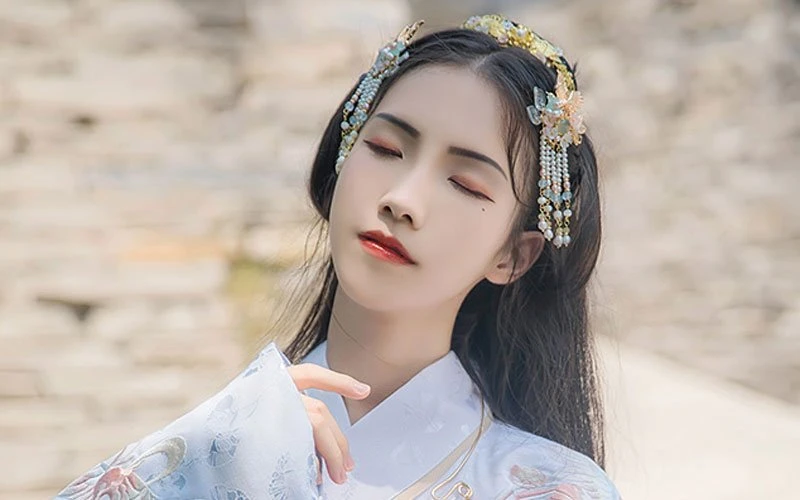
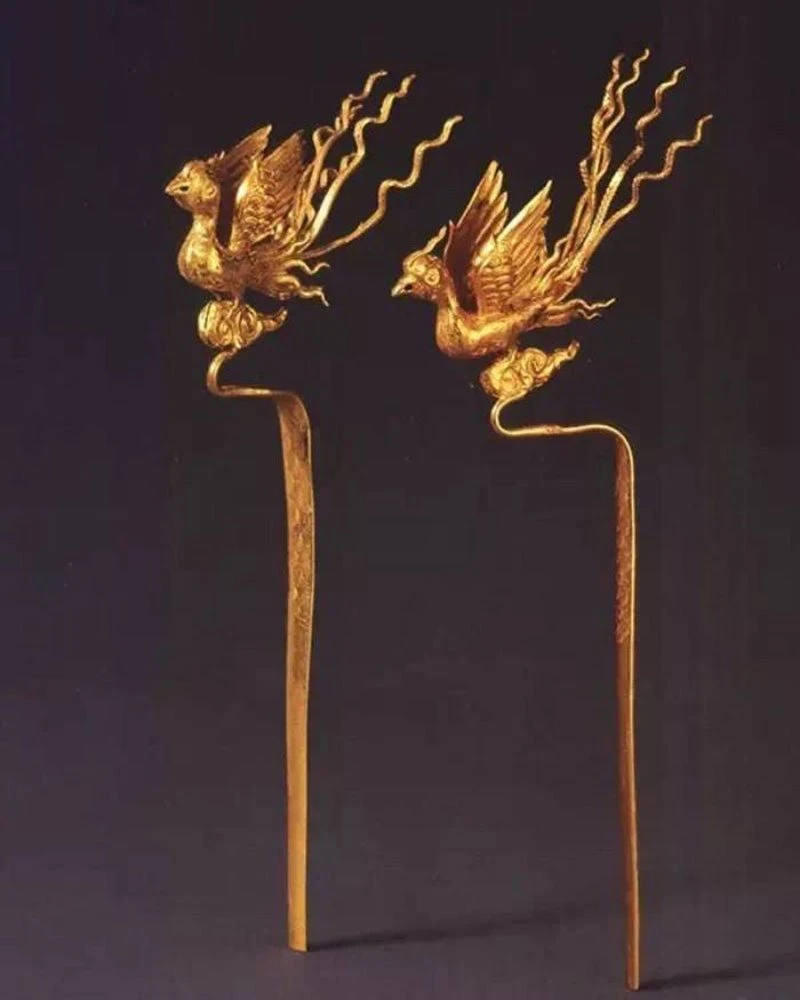
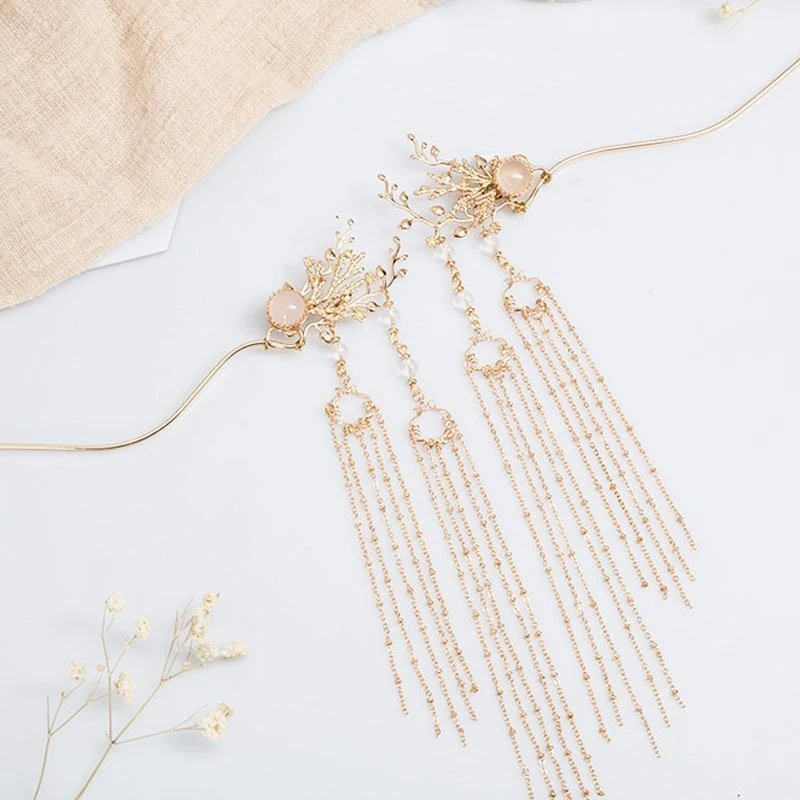
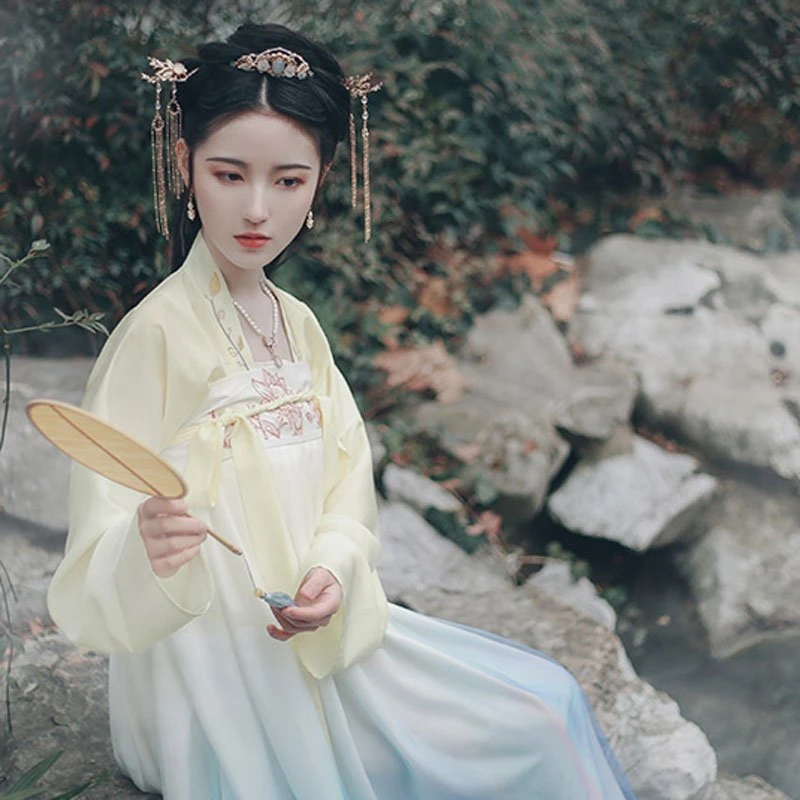
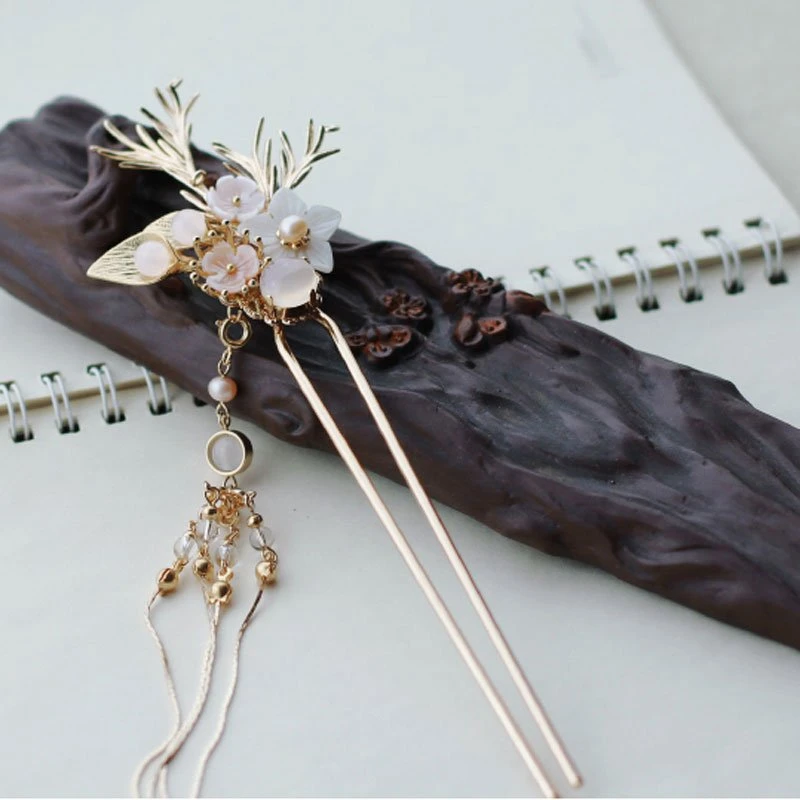
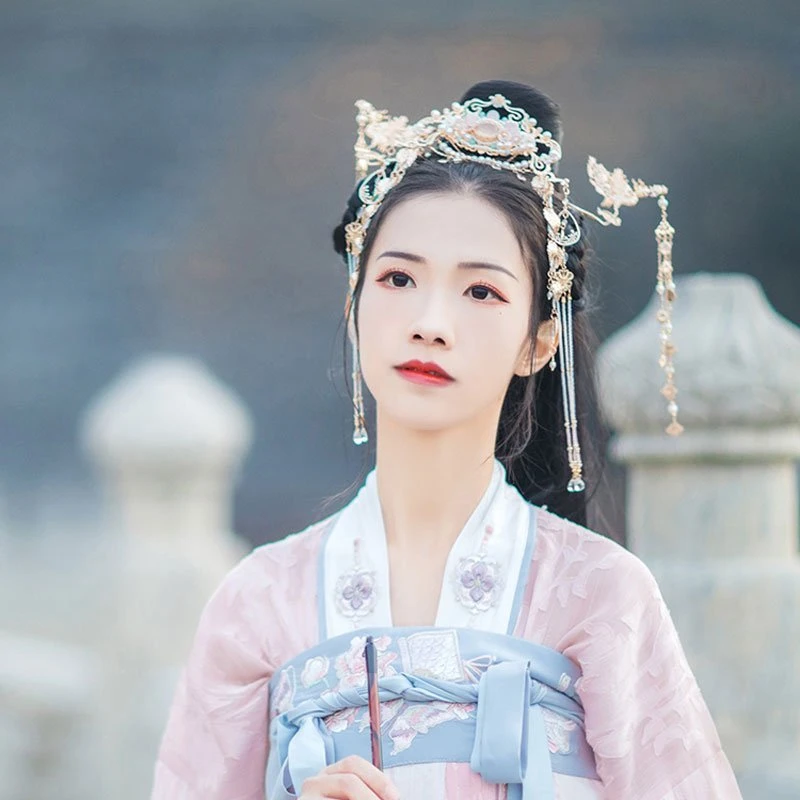

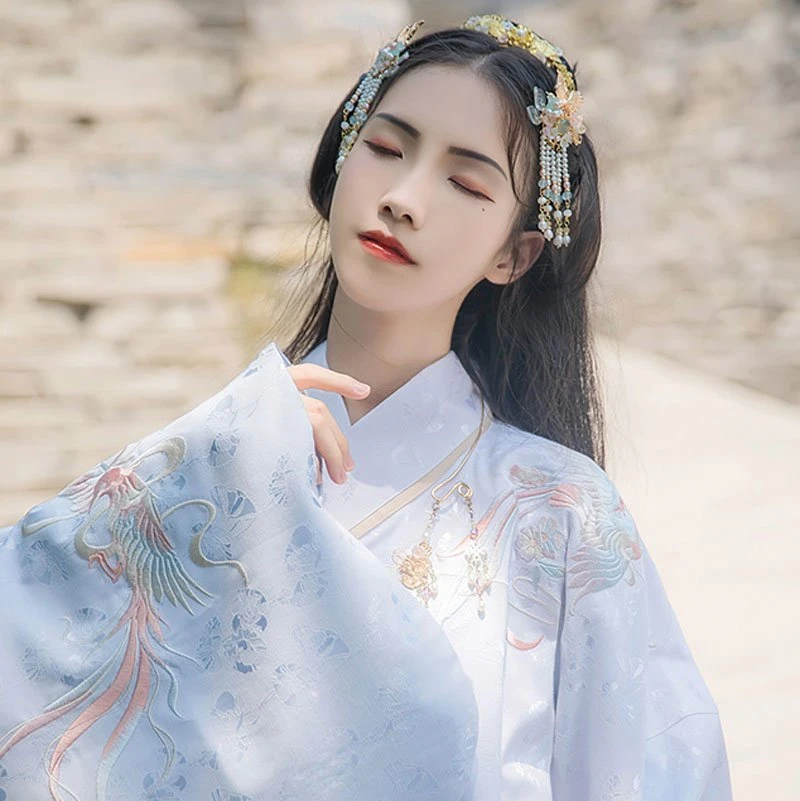
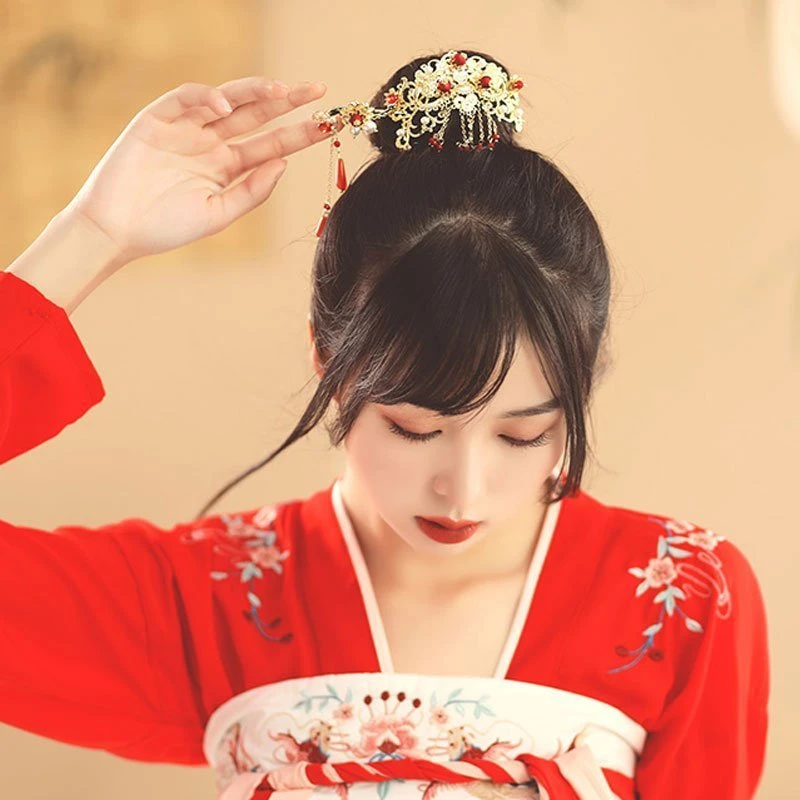
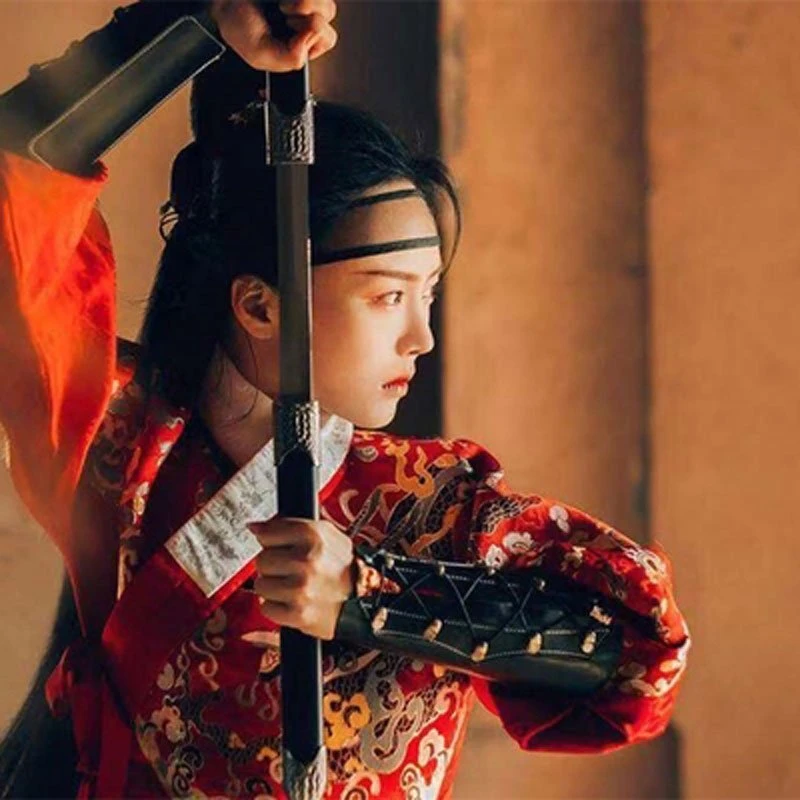
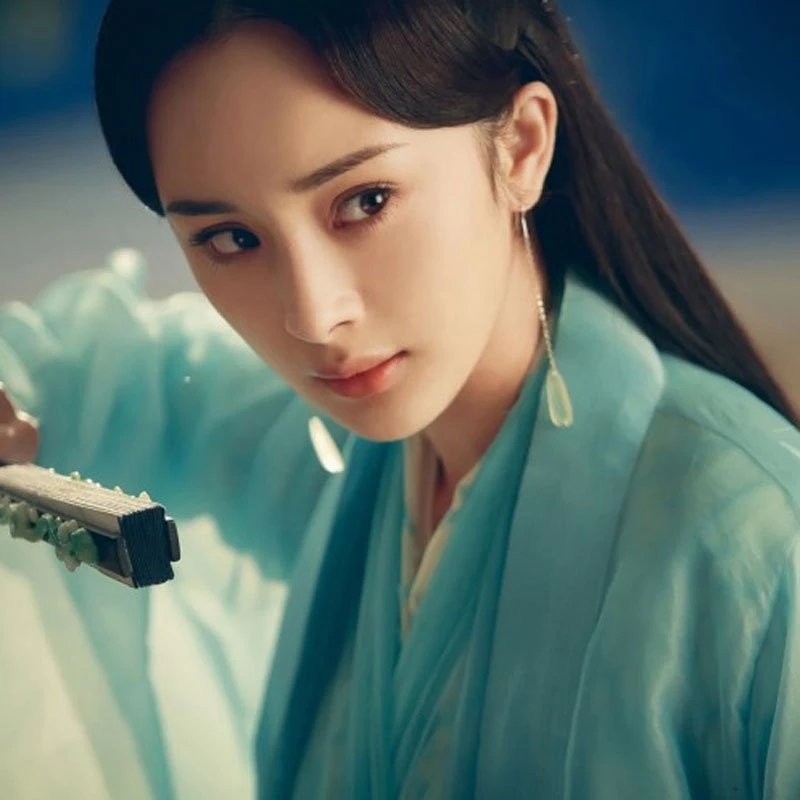
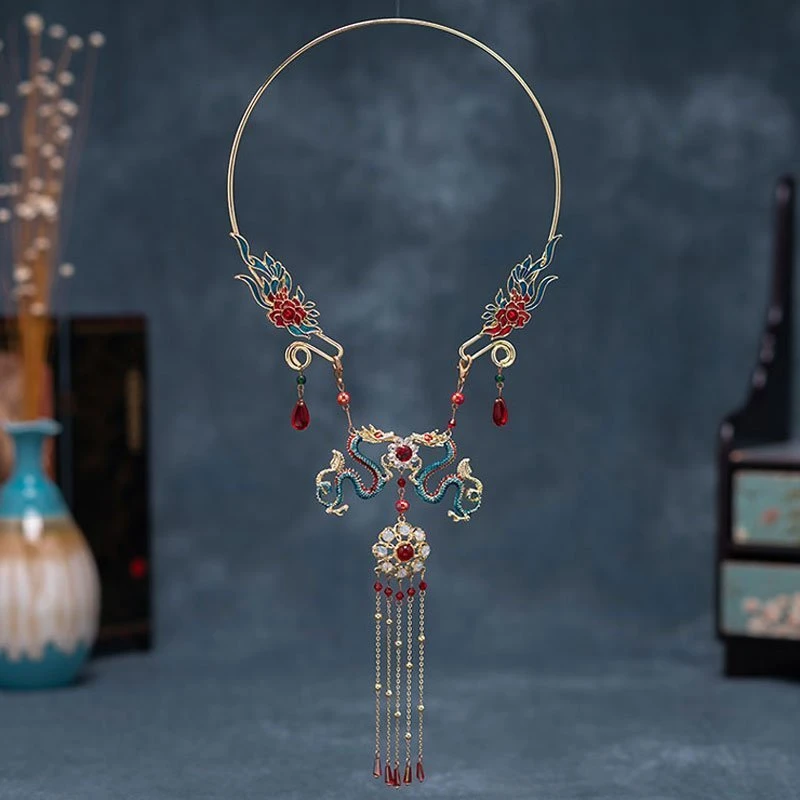
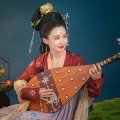
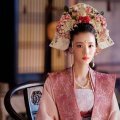
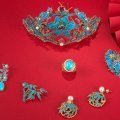

Put your hair up, stick a zan in the bundle, wear your earrings, and welcome a guest once more~
pretty😍